Did you know that children are susceptible to RSV even at the age of 2 years old? RSV (Respiratory Syntactical Virus) can be a deadly virus. It typically shows up with minor symptoms in most babies but in high-risk babies it can quickly become an infection that is very difficult for their little bodies to fight.
I am so blessed to have gone through a full-term pregnancy and to have a healthy little girl. Some of my friends haven’t been so fortunate. I know many friends who have had premature babies and a few of them had babies who got RSV. They have had to leave their baby in the hospital for a couple of months while the babies got the care they needed. Even after they were allowed to bring their babies home it was a while before they were considered “healthy” again. It’s heart breaking to see such a little one struggle with the virus.
It’s scary to think that my daughter isn’t out of the woods yet. She’s not 2 years old yet and I’m very cautious about what she’s allowed to touch and who she’s allowed to be around. It’s a constant struggle for me to find balance between being over protective and being cautious. I choose to err on the side of caution. Check out a few tips from MedImmune on how to keep your baby healthy.
Here is an infographic about RSV:
RSV Quick Facts:
- RSV is the leading cause of infant hospitalization, and severe RSV disease causes up to 10 times as many infant deaths each year as the flu.
- RSV is most prevalent during the winter months. The CDC has defined the “RSV season” as beginning in November and lasting through March for most parts of North America.
- In addition to prematurity, common risk factors include low birth weight, certain lung or heart diseases, a family history of asthma and frequent contact with other children.
Prevention is Key:
RSV is very contagious and can be spread easily through touching, sneezing and coughing. Since there’s no treatment for RSV, parents should take the following preventive steps to help protect their child:
- Wash hands, toys, bedding, and play areas frequently.
- Ensure you, your family, and any visitors in your home wash their hands or use hand sanitizer.
- Avoid large crowds and people who are or have been sick.
- Never let anyone smoke near your baby.
- Speak with your child’s doctor if he or she may be at high risk for RSV, as a preventive therapy may be available.
Symptoms:
- Know the symptoms of RSV and contact your child’s pediatrician immediately if your child exhibits any of these symptoms:
- Severe coughing, wheezing or rapid gasping breaths .
- Blue color on the lips, mouth or under the fingernails.
- High fever and extreme fatigue.
What makes RSV so dangerous is that the symptoms are similar to those of a mild to moderate cold. RSV is easy for any baby to catch so it’s important for all parents to be educated on the dangers of RSV. It can be transmitted by coughing, sneezing, and simply touching.
If you’re interested in learning more about RSV Awareness {and I recommend that you do!}, you can visit RSVProtection.com. There, you can find ways to bring up the subject of RSV up with your doctor, personal stories from real parents, and most importantly, find out when the RSV season is in your part of the country.
“I wrote this review while participating in a campaign for MomCentral Consulting on behalf of MedImmune and I received a promotional item to thank me for my participation.”



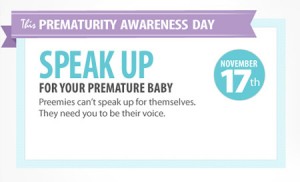
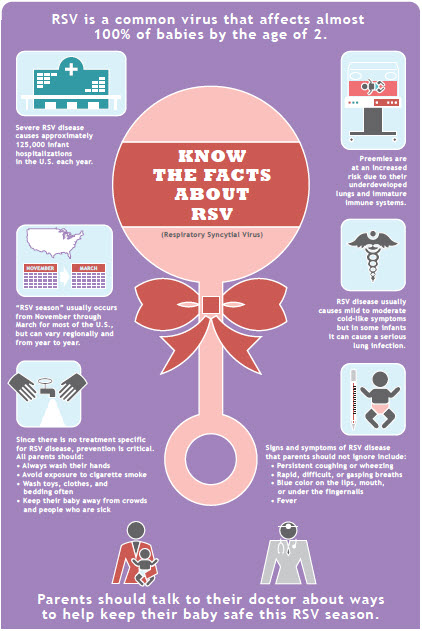
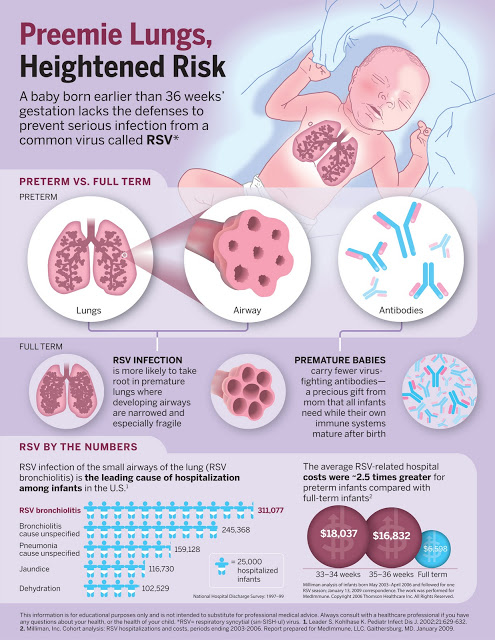

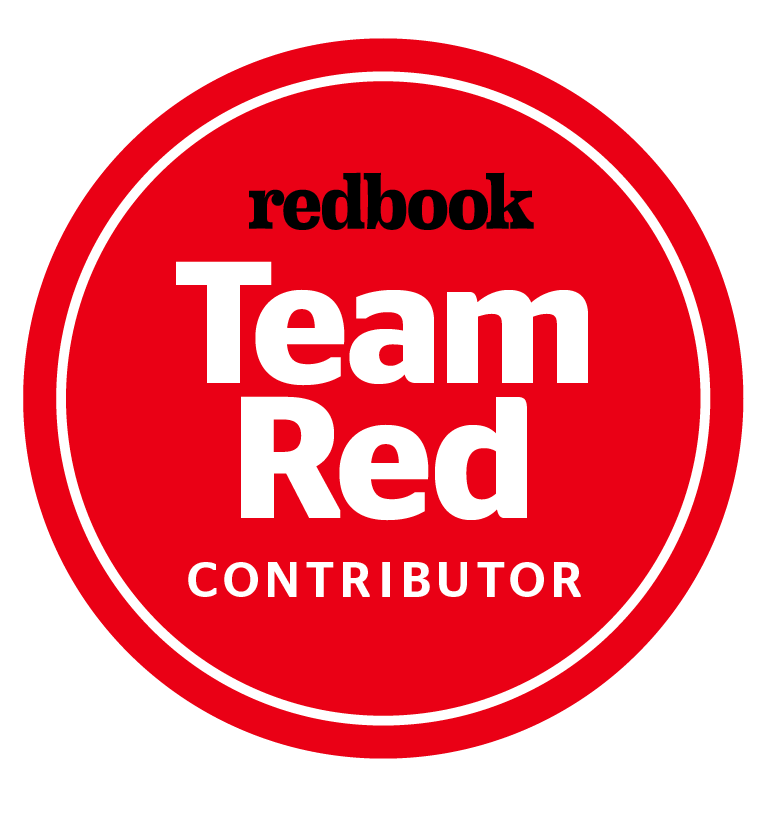



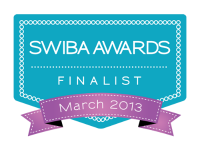

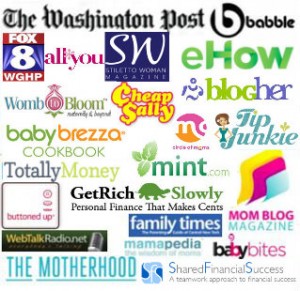

Speak Your Mind